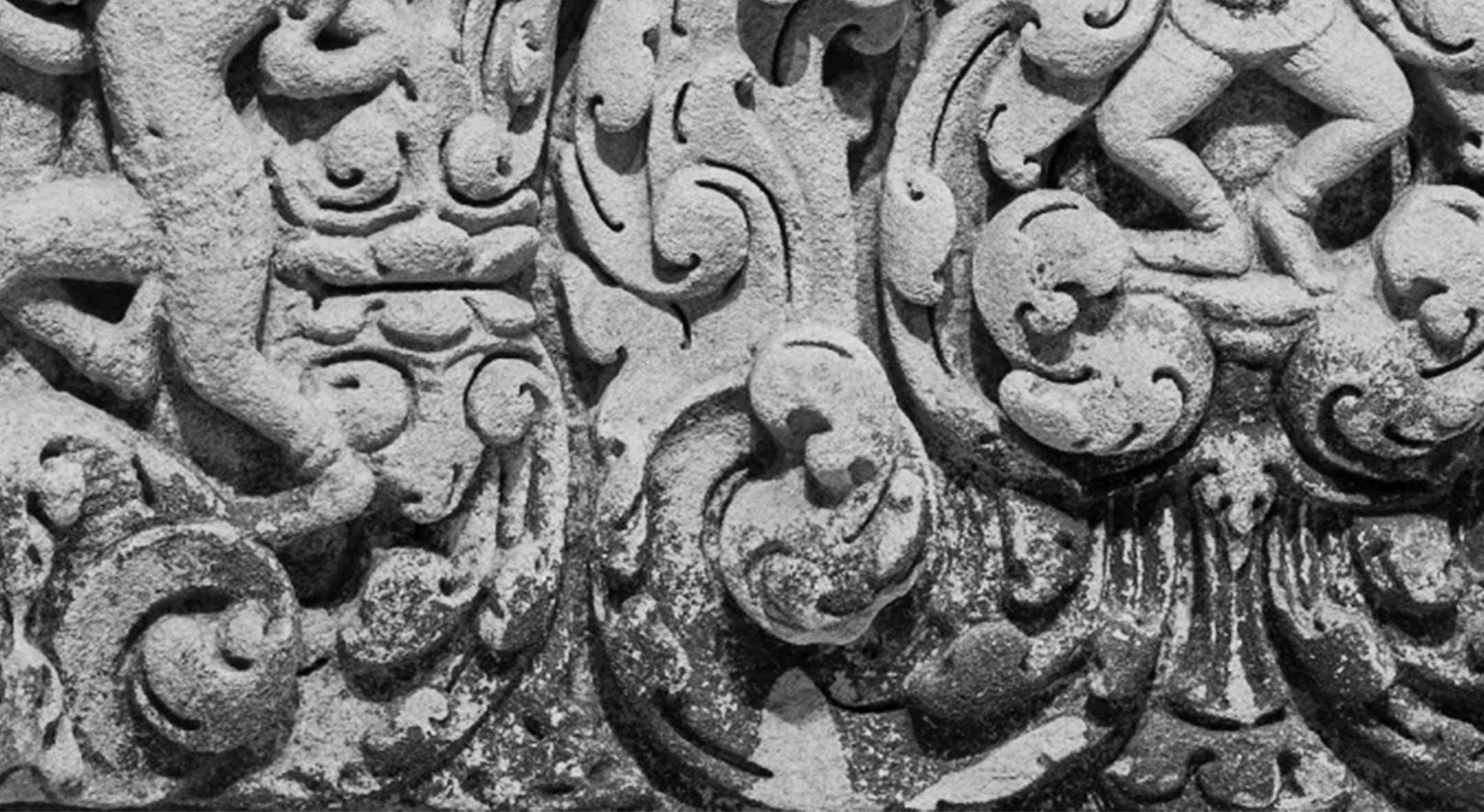April 15, 2023–March 3, 2024
-
Dates
-
Location
Freer Gallery of Art | Galleries 6 and 6a
-
Collection Area
Japanese Art
At times overlooked, the fabric mountings that surround East Asian paintings are often carefully calibrated additions that not only provide structural support but also enhance our appreciation of a work’s subject and meaning. In Japan, different mounting styles have evolved over time. Within this rich tradition, patrons, artists, scroll mounters, and collectors also developed individual styles, choosing the materials and formats to mount artworks according to their taste. As part of the National Museum of Asian Art’s centennial celebrations, this exhibition will explore a range of developments in this evolving tradition by highlighting the work of several generations of mounter-conservators at the museum.
The story begins with founder Charles Lang Freer, who developed a distinct personal aesthetic for remounting his East Asian paintings. Freer hired two brothers from a family of mounters in Kyoto, Japan, to undertake this project. Extant examples of their work as well as sample books and memorabilia from their travels across the United States will be on display. Subsequent generations of specialists at the museum have continued this evolving practice. We invite you to explore these mountings and their relationship not only to the artworks displayed in this exhibition but also to Chinese and Japanese works throughout the museum so that you can appreciate such artistry during future visits.
Video
Experience the living tradition of Japanese scroll mounting by watching NMAA conservators Jiro Ueda and Akiko Niwa rescue an ink painting of a plum tree by renowned Rinpa artist Sakai Hōitsu (1761–1828). With meticulous care, they remove the painting from its previous, poor-quality mounting, which damaged the artwork and visually overwhelmed the image. Working closely with curator Frank Feltens, they choose suitable fabrics, colors, and patterns to remount the painting, bringing it back to life and safeguarding it for the future.
Video | "The Living Tradition of Japanese Scroll Mounting" | View on YouTube
A Buddhist monk's stole (kesa), Japan, Edo period, 1615–1868, silk, Gift of Charles Lang Freer, Freer Gallery of Art, F1916.663
- Jump To...
Explore All Pieces in this Section
Buddhist triad of Shakyamuni, Manjushri, and Samantabhadra
-
Period
Muromachi period
-
Geography
Japan
-
Material
Color and gold on silk panel
-
Accession
F1901.8
A girl on a veranda
-
Period
Edo period
-
Geography
Japan
-
Material
Ink and color on paper
-
Accession
F1901.14
Bowl, used in Japan as tea bowl
-
Period
Joseon period
-
Geography
Gyeongsang-do province, Korea
-
Material
Stoneware with white inlay under clear, pale green glaze; makie lacquer repair
-
Accession
F1904.114
The Poet Kakinomoto no Hitomaro
-
Period
Muromachi or Momoyama period
-
Geography
Japan
-
Material
Color on paper
-
Accession
F1904.339
Emma-ten and Two Attendants; below, Emma-o and Two Attendants
-
Period
Kamakura period
-
Geography
Japan
-
Material
Ink, color and gold on silk
-
Accession
F1904.340a-h
Writing box containing ink-stone and water holder
-
Period
Edo period or Meiji era
-
Geography
Japan
-
Material
Lacquer, gold, lead, and mother of pearl
-
Accession
F1907.105a-e
Manuscript letter
-
Period
Edo period
-
Geography
Kyoto, Japan
-
Material
Ink on paper
-
Accession
F1907.149
Brocade, silk. A Buddhist monk's robe, patched; kesa
-
Period
Edo period
-
Geography
Japan
-
Material
Silk
-
Accession
F1916.664
Plum Tree
-
Period
Edo period
-
Geography
Japan
-
Material
Ink on paper
-
Accession
F2020.3
Page from the Ishiyama-gire (dispersed volumes of the Anthology of the Thirty-Six Poets) Poet: Ki no Tsurayuki
-
Period
Heian period
-
Geography
Japan
-
Material
Album leaf; ink on assembled dyed paper decorated with silver and gold
-
Accession
F1969.4
White heron on a snowy willow
-
Period
Muromachi period
-
Geography
Japan
-
Material
Ink on paper
-
Accession
F1977.2
Album of silk samples used on Freer paintings
-
Period
Taisho era
-
Geography
Kyoto, Japan
-
Material
Silk on paper
-
Accession
FSC-T-3



